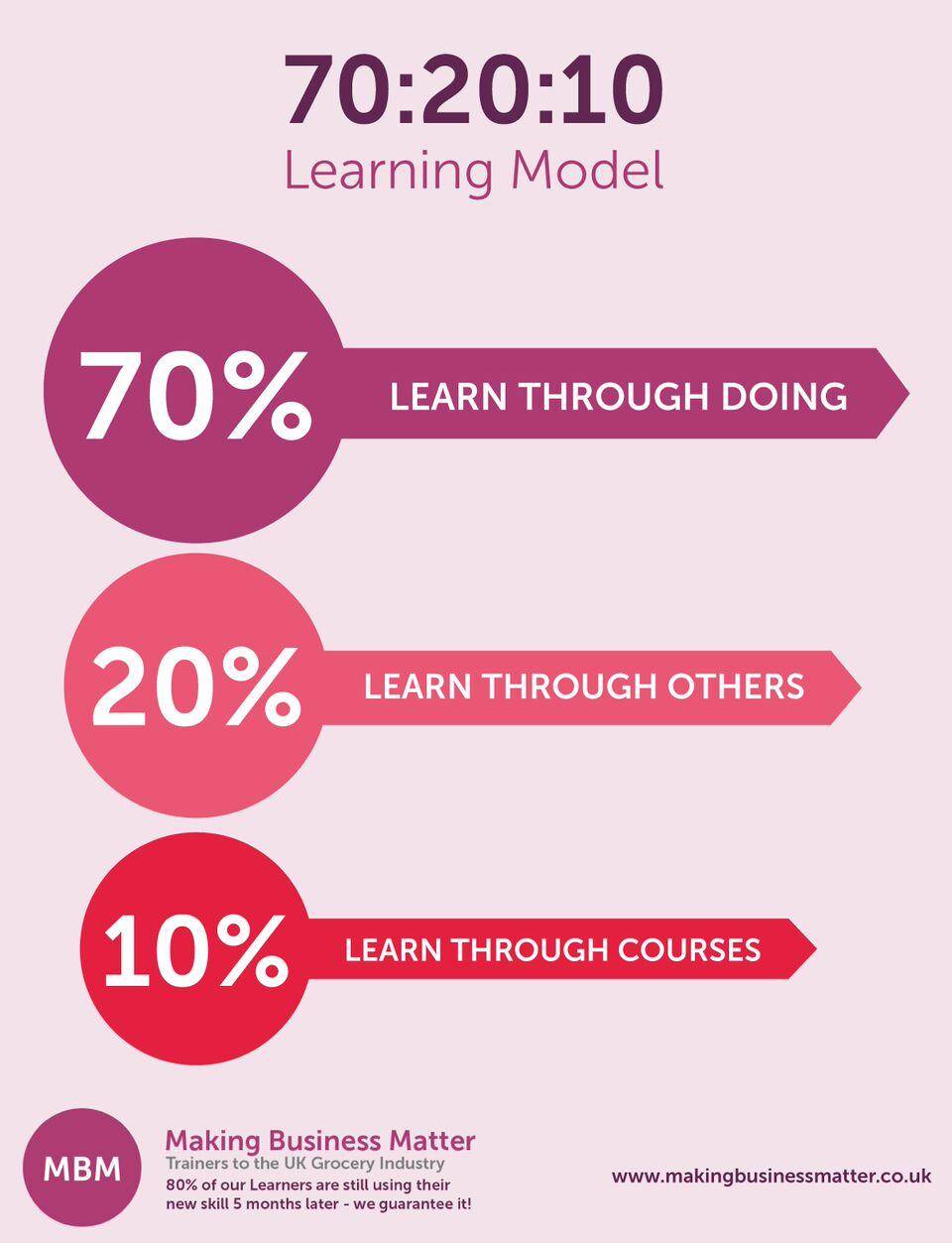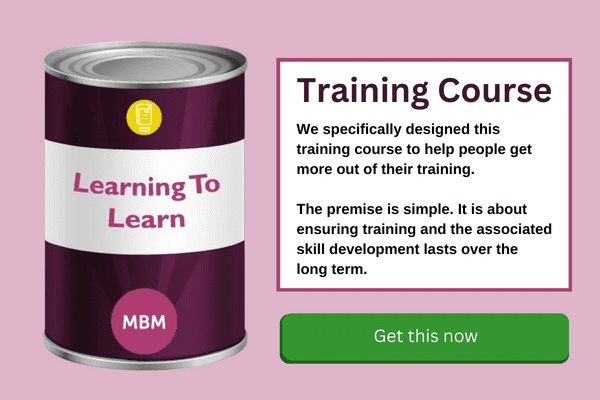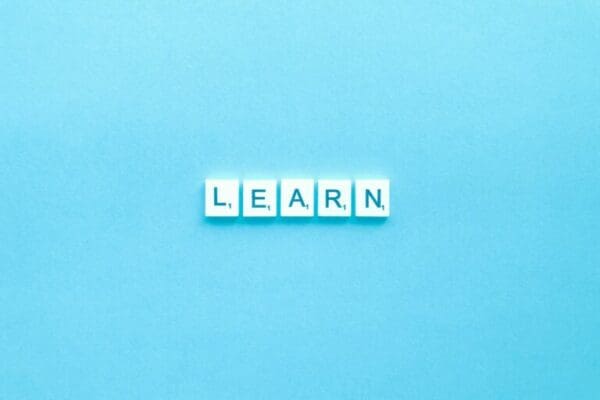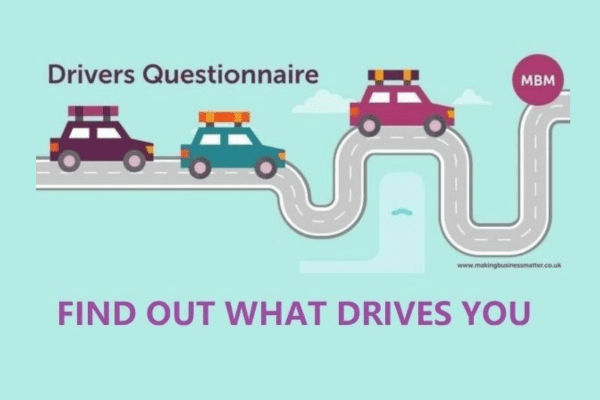70 20 10 Learning Model: What is it? How did it arrive? How does it apply to Learning and Development?
What is the 70 20 10 Model?
The 70 20 10 learning model (also written 70:20:10) is a guiding metaphor for all development activities. It refers to recommended percentages of how we should learn to achieve a better ‘learning mix’, also known as ‘blended learning’:
- 70% is informal, on the job, experience-based, stretch projects, and practice.
- 20% is coaching, mentoring, and developing through others.
- 10% is formal learning interventions and structured courses.
This learning model is also known as; the 70 20 10 development plan, 10 20 70, 70 20 10 principle, and the 70 20 10 rule. All terms refer to the same thing, the 70 20 10 learning model.
The risk with the model approach is that it inherently suggests that the 10% is unimportant. Yet, ‘formal’ learning is essential to provide the ‘learning mix’ because people need to learn from all 3; structured training (10%), conversations (20%), and ‘on-the-job’ (70%). The 10% is essential because, for example, a colleague in a large company would only ever be as good as their counterparts on time management, unless an external trainer provided the expertise.
In the experience of the MBM team, our example of living the model was becoming HBDI ® practitioners – 10% formal training came from being trained by the HBDI ® team, 20% came from helping each other to pass the qualification, and 70% was incorporating HBDI, slowly at first, into team building events, executive coaching, and our own team development, and then until it became the norm.

How Did the 70 20 10 Learning Model Arrive?
This learning model is still a hot topic in the world of Learning & Development and training. Intriguingly it started being searched on Google in May 2007 (See Graph below), which coincides with a CIPD podcast interviewing Charles Jennings, the then Head of Global Learning and Development at Reuters, the news agency, and later founder of the 70 20 10 forum.
The podcast was about the role of line managers in learning and development (L&D). Charles said, ‘In my own organisation, we have embedded in our learning strategy, in our learning approach, something called 70/20/10. And that is, research tells us that in adult learning within organisations, about 70% of what people learn to do their jobs, they learn in the workplace on the job. 20%, they learn through their networks, through coaching and so on. And 10 %, they learn formally’.
You can also read Charles Jennings’ testimonial for the MBM Free Guides.

Screenshot from Google search trends. Google forecasts that the trend will increase and then reduce from 2016 onwards.
There are 3 thoughts as to the origin of this learning model:
Origin Possibility 1: The Center for Creative Leadership
The Center for Creative Leadership was the origin. Summarised by McCall, Lombardo, and Morrison in ‘Lessons of Experience’ (1988, Lexington Press) — although the phrase 70 20 10 never actually appears in the book. McCall, Lombardo and Morrison wanted to understand the elements of executive success. They asked 191 successful executives to respond to some version of the following question:
‘Please identify at least 3 key events in your career, things that made a difference in the way you manage now; 1) What happened? and 2) What did you learn from it (for better or worse)?
Lombardo and Eichinger later summarised their findings in the ‘Career Architect Planner’ (1996 Lominger Press) as lessons learned by successful and effective managers are roughly:
- 70 per cent from tough jobs.
- 20 per cent from people (mostly the boss).
- 10 per cent from courses and reading.

Origin Possibility 2: Alan Tough was the Creator
Educational psychologist Alan Tough is another origin of this learning model that many frequently cite. Although the closest he came, apparently, was to conclude that ‘about 70 per cent of adult learning takes place outside institutional frameworks’.
Origin Possibility 3: There is No Origin
When Kajewski and Masden (2012) of DeakinPrime University in Australia, recently went in search of the origins of the learning model, they concluded, ‘From our review, it is clear that there is a lack of empirical data supporting the model and, while the sources mentioned above are frequently credited, there is also a lack of certainty about the origin.
Despite the lack of empirical evidence and agreement on its origin, what we cannot deny is that the model has gained significant momentum, and organisations are increasingly subscribing to the principles that learning takes place through a combination of formal and informal situations and through others.’
The L&D community is split on the origin of the model, and maybe Charles Jennings took a principal that instinctively worked and ran with it. The reason that it took ‘hold’ was probably because the L&D community needed a simple model that proved their instincts, which was that learning happens across the piece, not just in classrooms. The emerging ‘other theory’ is Pontefract’s 33:33:33 model which is a worthwhile understanding.
How Does the 70 20 10 Framework Apply to Learning?
Providing Learners with a learning mix is key. No longer should a Learner see learning as something exclusive to the classroom training. A Personal Development Plan should include all the elements. For examples:
- Engage with a Time Management training course to learn the principles and the knowledge – 10%.
- Speak with your Line Manager/Learning Buddy about your training and progress each month – 20%.
- Implement, practice and build on what you have learnt whilst doing your job – 70%.
How Does Sticky Learning ® Apply to the Model?
Sticky Learning ® is a unique training method developed by the MBM team because we were frustrated by the limited effect of one-day training courses. This was one of the models we used to design Sticky Learning ®.
In essence, the traditional classroom training courses deliver 10%.
Each MBM training course has a foundation day and then an advanced day 6 months later. In between these two days, 6 months apart, the Learner completes sticky pieces. Each sticky piece is a habit-forming activity that a learner completes on the job and encourages them to form and use their new habit.
In addition, each Learner engages with a 1/2 day Learning To Learn training course before they attend any of the MBM training courses. We designed this 1/2 day to help the Learner understand how to learn more, more quickly, and with more easily, plus the importance of models like this to learning and getting a better return on their investment of time.
In the Learning To Learn training course, each Learner is asked to pair with another Learner. This becomes their Learning Buddy and in L&D language, this delivers 20% of this learning model because the learning buddies are given a structure of how often to meet to discuss their learning, according to Ebbinghaus Forgetting Curve. The Forgetting Curve identifies when Learners are likely to ‘dump their learning’ – The Learning Buddy meetings kick in at those times.
The 70%, of experiential learning, is the sticky pieces that our learners complete between the foundation course and the advanced training course. Each sticky piece encourages the Learner to use what they have learnt.
You can find out more about Sticky Learning ®, or contact us to understand more.
Another Approach: 50-30-20
Dave Ulrich, Professor of Business Administration at the University of Michigan, opines that the traditional formula should increase its focus on training and outside-of-work learning. He suggests the following ratio:
- 50% of learning from doing, i.e., job-related experiences and working with role models.
- 30% of learning from updated (immersive) ‘guest training’, such as coaching, peer coaching and mentoring.
- 20% of learning from life experience, i.e., families, social environments, volunteering, reading, and travelling.
The key emphasis here is to move away from what Ulrich calls ‘tourist learning’ toward a more integrated approach. Furthermore, he highlights the importance of organisations encouraging philanthropic work to benefit the overall training and development of high-potential employees.
Recommended Reading for the 70:20:10 Model
Our friends at ‘Good Practice’ have written an excellent paper called, ‘New Perspectives on this model‘, which is well worth a read.




